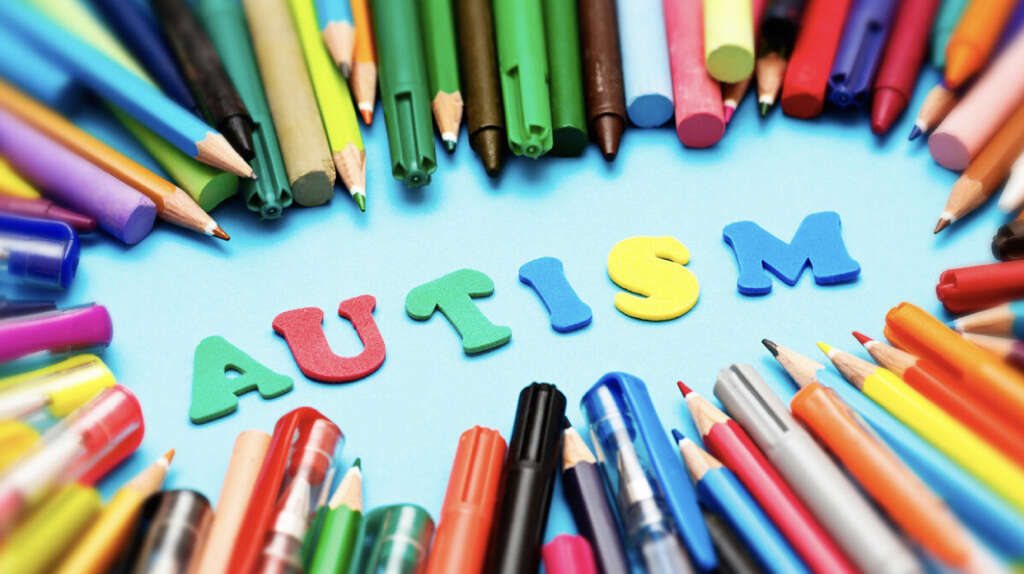What Is Autism?
Autism, or Autism Spectrum Disorder (ASD), is a developmental disorder that appears in early childhood. The term ASD is used to describe a group of conditions where there are deficits in communication, social interactions, and restricted repetitive behaviors. It includes many disorders that have previously been called Rett syndrome, Asperger syndrome, fragile X syndrome, pervasive developmental disorder, and autistic disorder.
Before classified as part of ASD, Asperger syndrome was used to describe high-functioning individuals who have normal or superior intellectual abilities with ASD. Fragile X and Rett syndrome are genetic conditions that may exhibit traits of ASD. Many techniques have been developed to help individuals with ASD to achieve good outcomes in terms of education and occupation.

1. Causes
The exact mechanism or cause of autism is unknown. However, there are several hypotheses that revolve around obstetric complications, genetic abnormalities, gestational infections, and exposure to toxic agents. Based on genetic studies, experts have found that heritability accounts for 74% to 93% of the risk for ASD. The risk for ASD also increases when the maternal age is above 40, paternal age more than 50, and having intervals between pregnancy of less than 24 months. Other factors include maternal rubella and tuberous sclerosis. There are also some reports that have linked vaccinations with autism; however, these findings were not supported by broader research. Research from the CDC and another case control study reported no increased risk between vaccinations and ASD development. Full immunization of children should be encouraged.
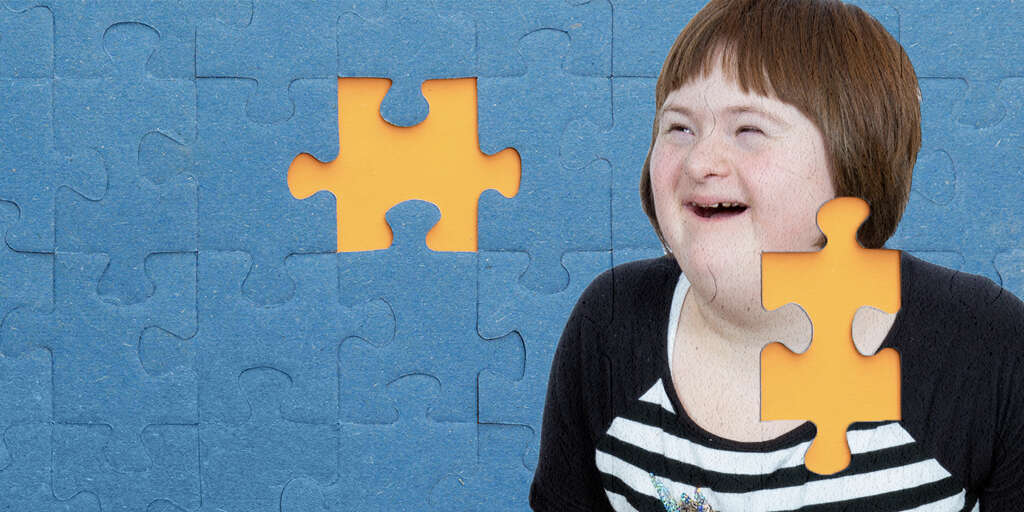
2. Mechanism
As previously established, the mechanism of autism is unclear. It is believed to be due to maturation-related changes in the brain systems. In 2015, a review proposed that brain neuroinflammation and dysfunction can be caused by gastrointestinal inflammation, immune dysregulation, gut flora alterations, autonomic nervous system malfunction, and food metabolites.
Another review in 2016 concluded that neurological disorders such as autism can be attributed to the enteric nervous system to some degree. There is also some evidence autism may be caused by synaptic dysfunction where some synaptic pathways are disrupted by rare mutations. Studies in animal models have suggested that autistic symptoms are related to developmental steps that are dependent on activity dependent changes and activity in synapses. Teratogens that are related to autism are believed to act during the first 8 weeks of gestation.
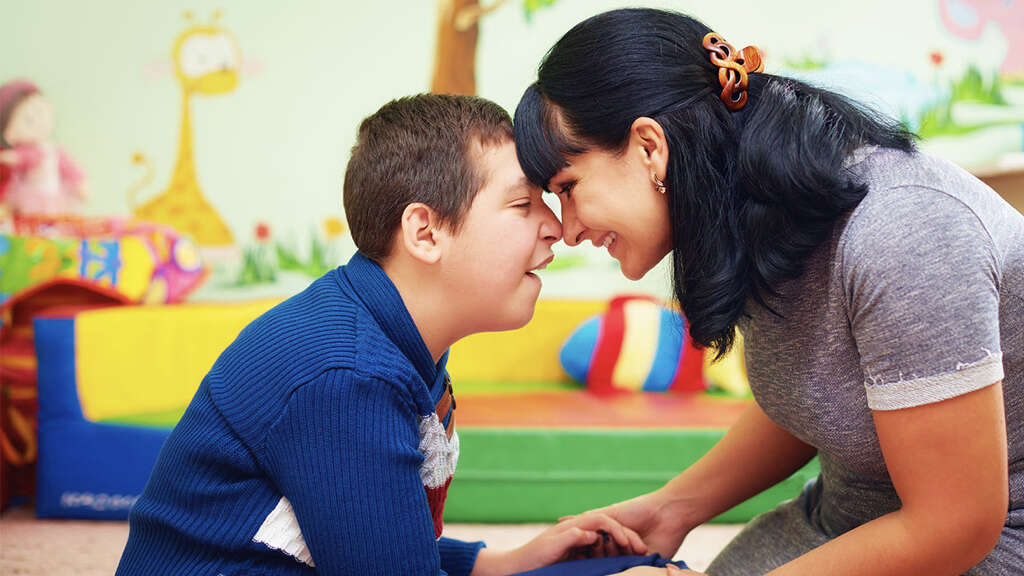
3. Statistics
The reported rates of ASD have increased in various countries in the last 20 years. It is still unclear if these rates are due to an actual increase or improved diagnostics and awareness among both the general public and medical professionals. In the United States, the estimated prevalence of autism is about 1 in 40 children (2.5%), which is equivalent to 1.5 million children between the ages of 3 to 17 years old.
This is a significant increase from 2007 where it was reported to be 11 in 1,000 children. Global prevalence based on a review of epidemiological studies estimates ASD to be 7.6 cases per 100. Studies in Japan have reported much higher rates, which were thought to be due to careful evaluations that may be overlooked in other countries. Some have also postulated that it may be due to the gastrointestinal issues and infection due to the higher consumption of seafood characteristic of the Japanese diet. ASD is more common in boys compared to girls.
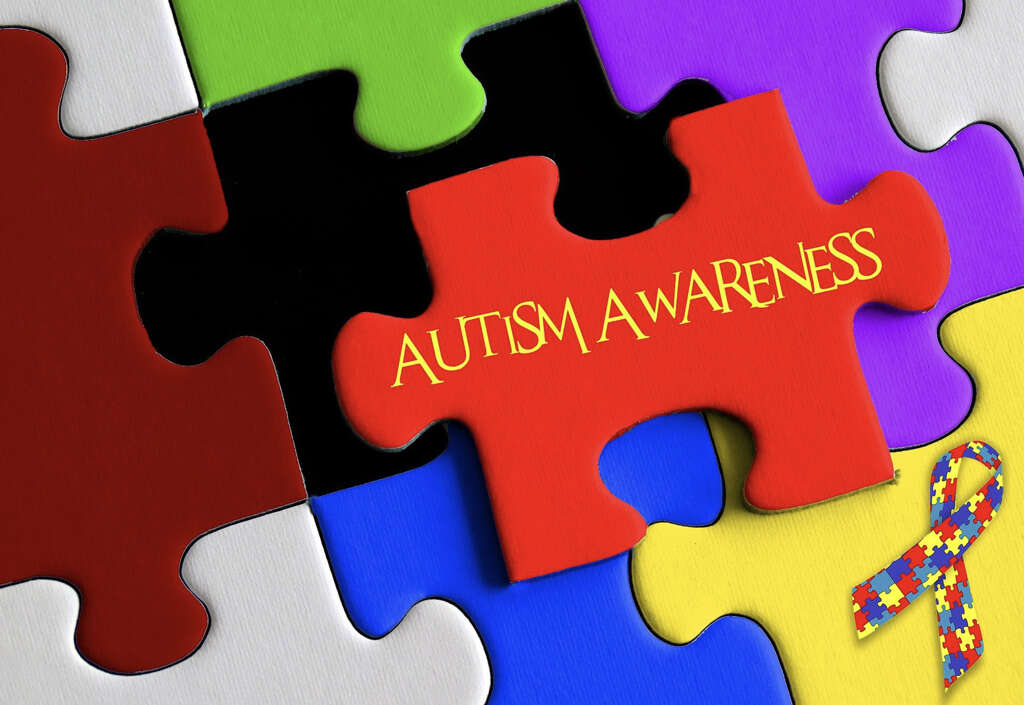
4. Signs and Symptoms - Developmental Features
One of the developmental feature of ASD is developmental regression. For example, 13% to 48% of patients with ASD have normal development until they lose verbal and nonverbal communication skills at the age of 15 to 30 months old. Protodeclarative pointing is a feature where the toddler uses the index finger to indicate an item they are interested in. Absence of this behavior in is predictive of a diagnosis of ASD.
Parents of children with ASD have also reported unusual responses such as lack of reaction to sensory input or an excessive reaction to environmental stimuli. For example, certain sounds may result in incessant screaming or display of rage to bright lights or touch. In some cases, parents may have to rearrange the family routine so housekeeping activities are performed when the child is absent. Speech abnormalities in ASD children are also common. Delays, deviations, reversals (using you instead of I), speech habits, words only the child understands, and more, may be observed.

5. Signs and Symptoms - Interactions
Individuals with ASD may lack the normal interaction they have with their family members. Difficulty with social interactions are also common. Children may have issues making friends, not understanding social cues, and show attachment to objects that do not usually interest other children.
Children with ASD may be interested in developing friendships but may exhibit lack of awareness of personal space and inappropriate friendliness. There is also absence of symbolic play. When normal pretend play is absent, referral for assessment of autism and other developmental disabilities should be done. Children with ASD may also have odd play such as repeatedly spinning the wheel of a car instead of moving it in a functional manner.

6. Signs and Symptoms - Other Behaviors
Individuals with ASD also tend to have an absence of typical responses to physical injury and pain. When there is an injury, the child may have no change in behavior. In some cases, parents are unaware that the child is hurt until they see the wound. When an ASD child has fever, they may have decreased behavioral abnormalities.
Parents may mistake it for “good behavior.” This is important as children with ASD are especially vulnerable to infections and febrile illness. They may also enjoy repeatedly dropping objects from a particular height or lining up objects. There may be fascination with items that are not toys such as rubber bands, pieces of paper, pieces of string, and paper clips. They may also spend hours watching running water, fans, and traffic lights. Children with ASD are also clumsy, have abnormal motor movements, have an awkward gait (walk), hand flapping (when excited or happy), display motor tics, unable to remain still, have self-injurious behavior, and more.

7. Investigations
The tools used to diagnose autism can be complicated and require considerable experience and understanding. Diagnosis is based on the behavior of the child based on the Diagnostic and Statistical Manual of Mental Disorders, Fifth Edition (DSM-5).
Two commonly used diagnostic instruments are the Autism Diagnostic Observation Schedule and the Autism Diagnostic Interview-Revised. The Childhood Autism Rating Scale can also be used to assess the severity of autism. For tests, an electroencephalography can be useful to rule out seizures. Other potentially beneficial tests are polysomnography, genetic testing, a magnetic resonance imaging (MRI) scan, a computed tomography (CT) scan, diffusion tensor imaging, and a positron emission tomography (PET) scan.
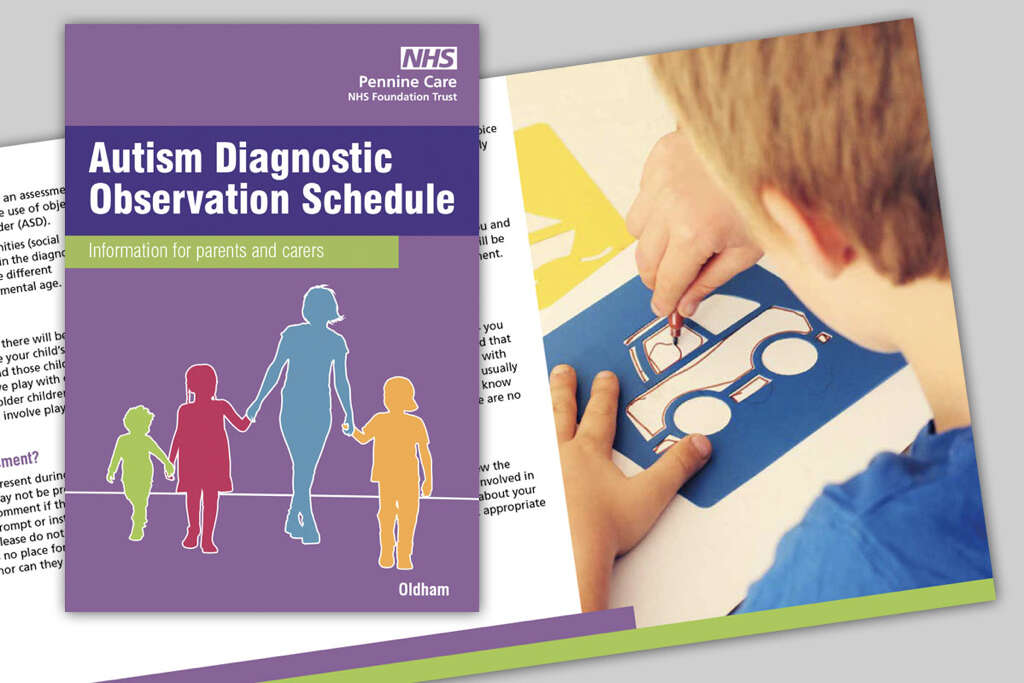
8. Treatment and Management
The aim of management is to decrease deficits, distress, and to increase quality of life. Intensive interventions include educational, behavioral, and psychological components. Early treatment improves outcome. Special education is crucial.
Speech, occupational, physical, and behavioral therapies have also been reported to help individuals with autism. Cognitive behavioral therapy and family therapy can be helpful to help those with anxiety and help families cope with the condition. Children with ASD have also been found to have gastrointestinal issues and food allergies. This means they require three well-balanced meals everyday. Some medications that may be useful are second-generation antipsychotic agents (aripiprazole, risperidone) and selective serotonin reuptake inhibitors (citalopram, fluoxetine).

9. Prognosis and Informed Consent
The prognosis of patients with ASD correlates with their functioning capability. Those who are high functioning and have a high intelligence quotient have a higher likelihood of being able to live independently, hold down a stable job, and may even have a family. Autistic patients who are low functioning may never be able to live independently and require residential or home care.
Obtaining informed consent from patients with ASD may be difficult as they are usually considered to be a vulnerable population due to the presence of potential social, cognitive, and mental impairments. Parents may be a reasonable choice as they are usually advocates that seek the best for their child. Care should be taken to ensure that informed consent is obtained to avoid medicolegal issues. A video recording of the process in addition to the signing of release forms is advised.

10. Patient Education
Since local education boards may not be up to date or unsure regarding the needs of children with ASD, parents and pediatricians can seek professional advice from sources such as the Autism Society of America. Legal assistance may be required to help influence education boards to obtain appropriate funding for a child with ASD.
Since individuals with ASD may have developmental disabilities, they are vulnerable to sexual abuse, especially those who are severely disabled. Both caregivers and parents need to be aware of this risk. Patients should also be educated on how to recognize sexual abuse and who they can turn to. In a survey of 1,000 children with ASD, almost half exhibited elopement or wandering away from their schools, homes, and safe environments. Parents should be warned regarding this behavior as it poses potential danger. Parents, teachers, and caregivers should be advised to watch their children with ASD vigilantly.
